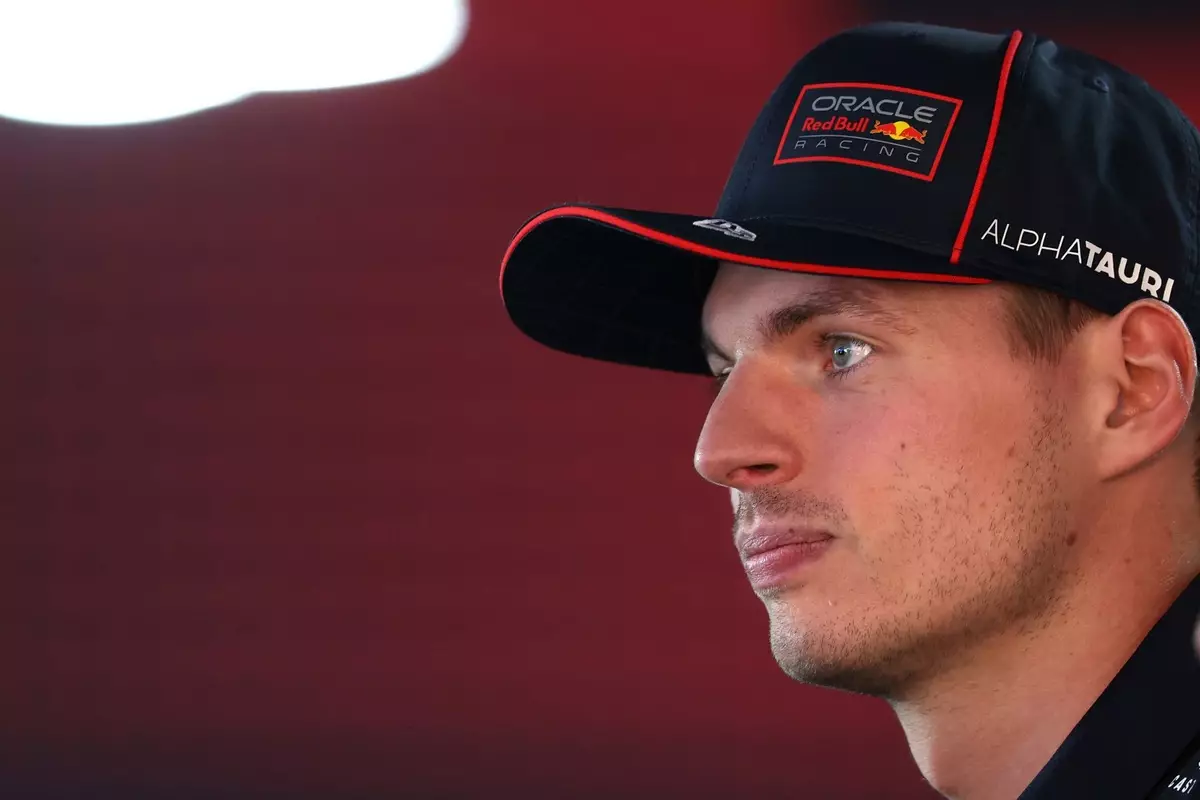In the high-octane world of Formula 1, the difference between a championship contender and a struggling team can often be measured in seconds—often just a handful, but in the case of Max Verstappen and Red Bull Racing, it has stretched to a disheartening 40 seconds, particularly at the Miami Grand Prix. This gap was mind-boggling as Verstappen qualified on pole yet could only watch as McLaren’s Oscar Piastri took victory with relative ease. Such an outcome raises questions not just about the cars but also about the strategies and approaches of the teams involved.
The stark disparity highlighted by Verstappen calls for a deeper examination of what’s fundamentally at play within Red Bull’s camp. The excitement around incoming upgrades for the 2025 season brings a glimmer of hope, yet Verstappen himself remains pragmatic, stressing that expecting a quick fix to rigid race pace issues is somewhat delusional. This stance initiates a broader conversation about how teams approach development cycles, especially when the competition is not only formidable but appears to have mastered the art of tire management.
Upgrades on the Horizon: A Double-Edged Sword
The prospect of performance upgrades is often laden with expectation—drivers hope for solutions to longstanding issues, while fans look forward to thrilling races. However, Verstappen’s acknowledgment of how incremental these improvements are sheds light on the reality of the situation. The new floor on the RB25 is credited with enhancing performance, but Verstappen’s honesty about not expecting a monumental leap suggests that Red Bull might be sprinting against the wind rather than racing ahead.
Team advisor Helmut Marko’s description of the Miami race as “depressing” adds a layer of emotional gravity to the technical shortcomings. As the tension mounts, the responsibility falls not just on the engineers but also on the drivers, who must adapt and strategize to the limitations of their current setup. In a sport where fractions of a second define success, Red Bull’s trajectory toward catching up with McLaren may feel like an uphill battle, rather than a straightforward climb.
The Impact of Technical Regulations
As the sport progresses, technical regulations evolve, creating opportunities and challenges that can dramatically influence competitive dynamics. The impending stricter technical directive regarding aero elasticity, which McLaren is reputed to have exploited effectively, positions Red Bull at a crossroads. While many teams are scrambling to adapt their designs, Verstappen implies that such changes in regulations won’t magically bridge the substantial performance gap. His assertion that a mere change of regulations cannot equate to substantial performance gains encapsulates the intricate balance of hope and realism that teams must navigate.
The situation presents an intriguing layer of strategy; while some teams, like McLaren, appear to be thriving under the current regulations, others may find themselves overly reliant on momentary advantages that can quickly vanish when the rules shift. The need for adaptability cannot be overstated, as even seemingly minute factors can polarize the grid in moments.
The Mystery of Tire Management
Perhaps the most fascinating aspect of the race pace conundrum lies in tire management. Currently, Red Bull seems to be grappling with why McLaren can maintain its rear tires over a high-degradation race while their own pace dissipates. Verstappen’s comment about the uncertainty surrounding tire degradation encapsulates an existential issue that transcends mere car upgrades—it touches on foundational knowledge within the sport.
The ability of McLaren to manage tire wear effectively challenges Red Bull’s engineering team to rethink their strategies fundamentally. It raises the question: is the secret to success found in the nuances of design, in race strategy, or through an intrinsic understanding of the tires themselves? This question expands the narrative from mere car performance to a complex interplay of human decision-making and engineering excellence.
The relationship between Red Bull and McLaren serves as an engaging case study in modern Formula 1. The challenges faced by Verstappen and his team emphasize the relentless nature of competition and the multifaceted strategies that differentiate success from mediocrity in this electrifying sport. The road ahead is anything but straightforward, yet it’s the very complexities of racing that keep both teams and fans riveted to the action.


Leave a Reply